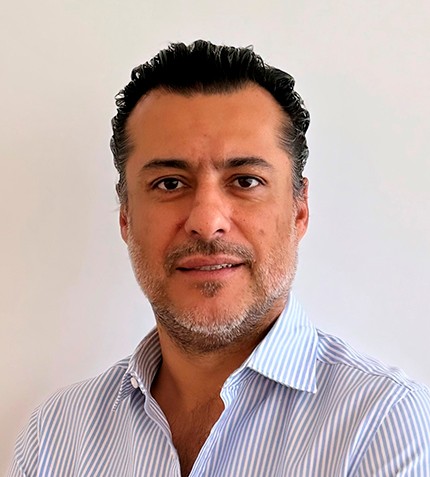
"The government is committed to designing and implementing policies that ensure the long-term sustainability of mining."
Marcela Hernando
MINISTER OF MINING, CHILE GOVERNMENT
What is the government's position on mining?
Chile's geological potential represents an excellent opportunity to supply minerals that are critical for global decarbonization. Like other mineral-producing countries, we seek to play a leading role in supplying key materials for the energy transition through environmentally friendly mining. The government is committed to designing and implementing policies that ensure the long-term sustainability of mining.
What are the main aspects of the recently announced National Lithium Strategy?
The National Lithium Strategy seeks to promote Chile's prosperity and develop a sustainable industry. All this goes hand in hand with technological innovation. With these objectives in mind, the government decided to ensure state participation in the entire industrial cycle by creating the National Lithium Company and the CORFO Committee for the Productive Transformation of Lithium. It also seeks to increase productive capacities through the Public Institute of Lithium and Salt Technology and Research, as well as the development of public-private alliances for the exploration of the resource.
To ensure political and social sustainability, we will promote the participation of the territories and communities across the lithium value chain. In terms of environmental sustainability, we will demand the use of new technologies, such as the direct extraction of lithium (without evaporation) and brine re-injection. These measures will modernize the industry's institutional framework in accordance with the country's challenges and objectives.
Our lithium vision is not limited to the short term; we think of it as a transversal state policy to maximize long-term benefits. Therefore, the National Lithium Company must be constituted through a political agreement, through a law ratified by Parliament, and with the collaboration of all the main stakeholders.
Currently, we can act as if the National Lithium Company were already constituted, that is, through Codelco, Enami, CORFO, the ministries, and the state administrative branches. The Lithium Institute will be consolidated as of 2023, but in the long term, the National Lithium Company will act as the regulatory body for issues related to investment, exploration, and exploitation of the salt flats.
How has the debate on the Mining Royalty Law evolved?
The government tried to maintain a constant dialogue with the private companies to define the conditions of the Royalty Law. The ministry was a mediator and promoter of dialogue between the mining companies and the Ministry of Finance. We observed acceptance of this law, especially among foreign companies.
The approval of this mining royalty is favorable for the country, as it will benefit many of the country's municipalities through three specific funds that will provide the regions with resources to meet the various needs of the citizens.
How is the Ministry of Mining addressing the issue of productivity?
The recent government decision to approve Los Bronces Integrado project illustrates the government's efforts to enhance production. Mining companies are prioritizing the expansion of existing deposits, but it remains important to promote exploration. We are beginning to see a rebound after the pandemic, with a 7% growth in exploration spending in 2022.
Permitting is another factor we are addressing to expedite new projects. Specifically, we strive to avoid duplication of functions and reduce red tape requirements.
What are the main trends in the Chilean mining industry labor market?
The government is making significant changes in the labor market, such as the 40-Hour Law. Digitalization and automation technologies also entail a reconversion of the labor dynamics, especially in large-scale mining. Despite the decline in operator demand due to automation, new technologies lead to more value-added jobs and a reduced risk for workers. In this context, educational institutions must adapt to the new dynamics of the labor market.
How can Chile balance environmental protection and the growing demand for critical minerals?
Chilean engineers have a great capacity to develop innovations aimed at minimizing the environmental impact of mining operations. Some examples of this are the implementation of desalination plants and the use of renewable energies in the north of the country.
Could you give a final message?
Our mineral wealth is a product of geological anomalies, but the country also offers an economically and politically enabling environment. We have an open economy and many international treaties, as well as a strong rule of law and stable institutions. These factors make Chile a unique jurisdiction and a crucial player in the global energy transition.










